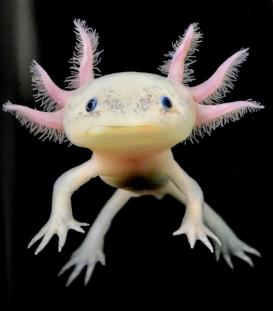Defined biologically as “dramatic post-embryonic development,” metamorphosis is typified in the transformation of a tadpole into a frog or a caterpillar into a butterfly, but is a much wider phenomenon: up to three-quarters of species on planet Earth undergo a form of it. And while the past three centuries have seen countless life-cycles described, the hormones controlling metamorphosis and their environmental cues discovered, and the genes and regulatory pathways behind them uncovered and mapped, much remains to be understood about the biology of metamorphosis. In particular, why evolution should have converged on such an energetically costly solution remains hotly debated.
This project proposes to see in metamorphosis an important gateway into our developing understanding of biology and evolution, alongside a gateway into culture, arguing that both should be considered together because they influence each other. Even before the Roman poet Ovid asked “How many creatures walking on this earth / Have their first being in another form?,” artists, philosophers, and theologians have been drawn to the subject. Change and transformation are nature’s watchwords, but they have also been central themes through which to consider time, matter, and identity. Neither a book of science, nor a book of philosophy, nor strictly speaking a history of science either, Metamorphosis: A Personal History is framed as a notebook of a father. It asks: What is metamorphosis, and why does it exist? But also: What has it meant to us over time, and why?

